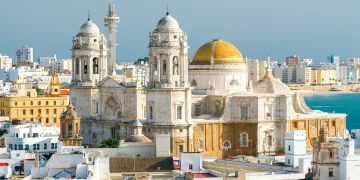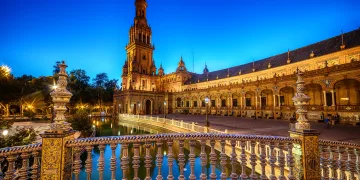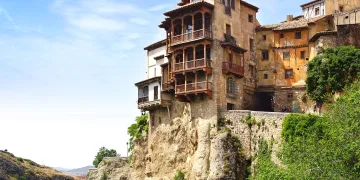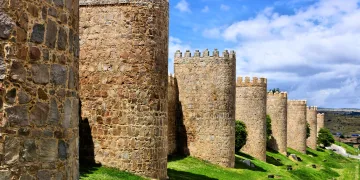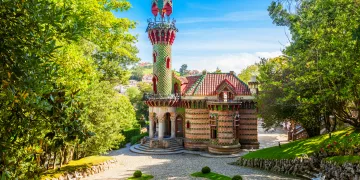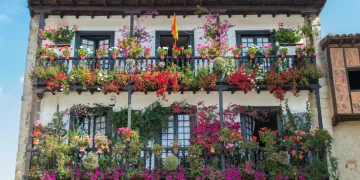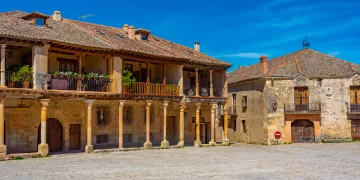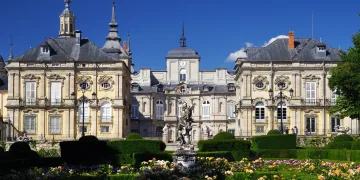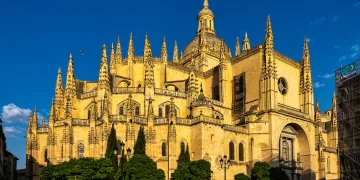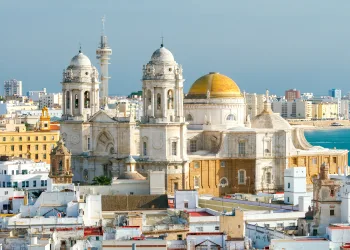Ávila is a special place. It’s been named a UNESCO World Heritage Site for good reason – the medieval walls and buildings make you feel like you’ve stepped back in time. Walking the cobblestone streets, it’s easy to imagine knights and ladies strolling by. The Spanish people have carefully preserved Ávila past so visitors like us can enjoy its rich history and culture and
every corner you turn reveals something new – a palace, a church, ancient stones with untold stories. Ávila is like a museum without a roof displaying Spain’s medieval treasures. Here you’ll discover real old-world Spain, filled with sights, sounds, and tastes waiting to be explored.
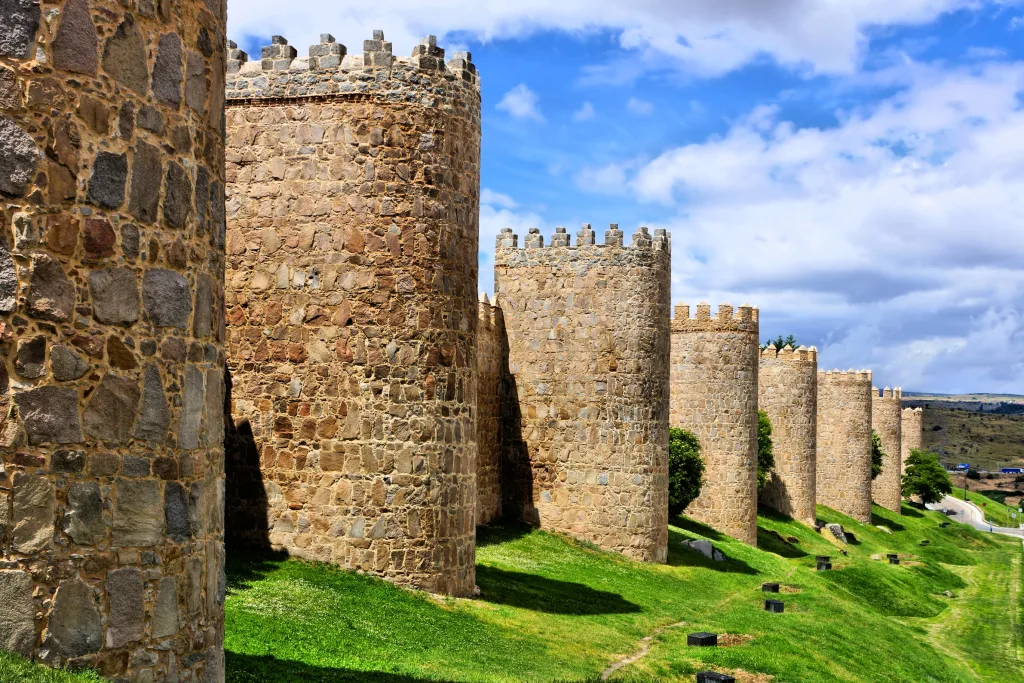
PhotoAvila Spain © Neirfy | Dreamstime.com
A Bit About Ávila’s History and Medieval Architecture
Ávila has a long history going back to when the Vettones lived here who made those cool stone boar statues you can still see. The city did great when the Romans ran things, and it got even more important in medieval times, which you can tell from all the awesome medieval buildings that are still around.
The main medieval jewel of Ávila is definitely its walls. They were built in the 11th century to keep out invaders, and now they practically define the city. Walking on the walls is just amazing when you think about the huge effort it took to make them.
Beyond the walls Ávila has lots of medieval buildings showcasing the Romanesque style from when the city thrived. Churches, convents, and palaces are scattered around, each one a piece of Ávilas rich culture.
Getting ready for a one-day tour of Ávila
Figuring out how to see Ávila in one day may seem tricky but don’t stress! You can comfortably explore this architectural and historical gem in a day trip. Pack essentials like a camera, sunscreen, comfy shoes, and your sense of adventure!
To best use your day and avoid the afternoon heat start your Ávila tour early. Whether you love history, food, or just discovering new places, Ávila has something for every traveler seeking experiences.
If you want to really get to know a place a local guide can be super helpful. They’ll give you the inside scoop on the history, culture, and food that you just can’t get from a book. But honestly, wandering around on your own can be just as amazing in its own way.
Lets start off in Ávila by checking out the main attraction – the walls. These huge stone walls circle the whole old part of the city. They make Ávila look like a fortress from medieval times.
Walking on top of the walls gives you some really gorgeous views of the city below and you can see the red roof tiles on the houses and the narrow winding streets leading to old churches and stuff. The 88 towers spaced along the walls each have their own unique story from back in the day when knights and kings were battling it out.
In the morning light the walls really come to life and it’s like you’re stepping back through time. Ávila perfectly blends past and present.
After the walls, head over to Ávila’s cathedral. Its a stunning example of Romanesque architecture. The cathedral beautifully integrates with the city walls, showing how important faith has been in Ávila’s history.
The cathedral’s insides are just as impressive as the outside, with its awesome altarpiece intricate stone carvings, and pretty stained-glass windows. The feeling of peace and calm that wraps around you when you walk in is an experience in itself.
Take a minute to soak in the beauty, the quiet, and the spirituality that fills the air. This is a place where history culture, and faith come together, giving you a glimpse into Ávila’s soul.
Checking out the Basilica of San Vicente
After the cathedral, your trip takes you to the Basilica of San Vicente another architectural gem in Ávilas crown. This Romanesque basilica, dedicated to the martyred Vicente, Sabina, and Cristeta is a perfect example of medieval architecture, with its impressive stone carvings and sculptures and
stepping inside, you’ll be amazed by the basilica’s grandeur, its awesome apse and the fancy cenotaph showing the martyrdom of the saints. The basilica’s peaceful atmosphere makes you introspective, a nice break from the citys hustle and bustle outside.
As you leave the basilica, take a sec to appreciate its magnificent facade, a sight that’ll definitely leave a lasting impression.
Paying respects at the Convent of Santa Teresa
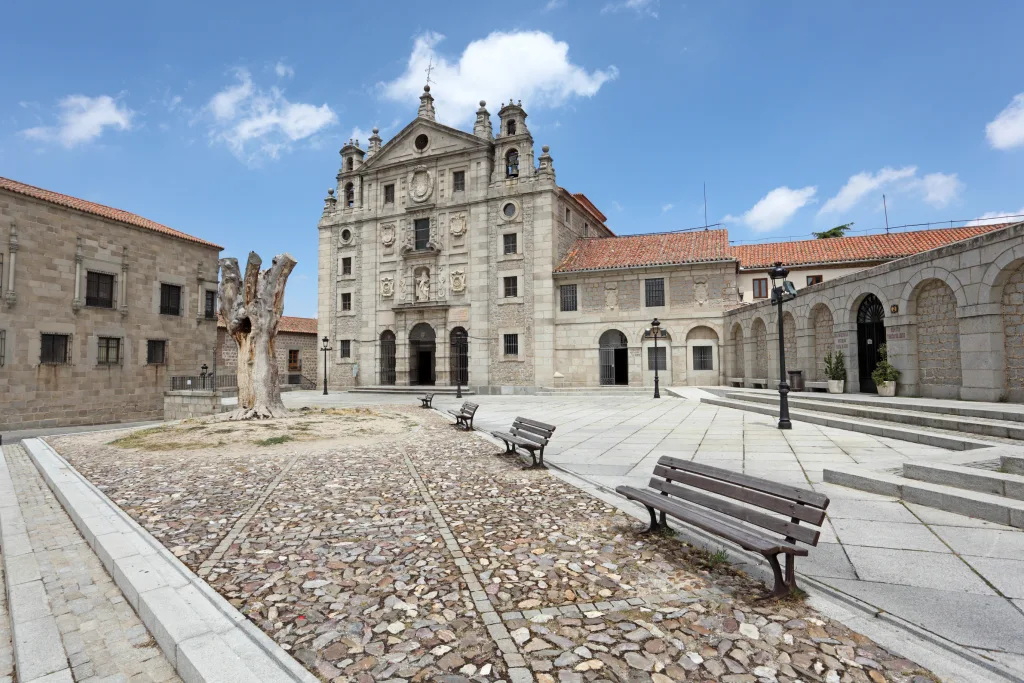
Photo Typhoonski | Dreamstime.com
Your next stop is the Convent of Santa Teresa a place of big religious and historical importance. This convent is dedicated to Saint Teresa of Ávila, a respected mystic and Spain’s patron saint.
The convent has a museum all about Saint Teresa’s life and work, with relics and stuff from her life. Its a peaceful place with lots of respect for Saint Teresa, which is a really deep experience whether you’re religious or not.
Visiting the Convent of Santa Teresa isn’t just a spiritual thing it’s also about learning about one of Spains most important saints. It shows how the city of Ávila has strong faith and respects its heroes.
After the peaceful convent, go check out Los Cuatro Postes, or The Four Posts, which has an awesome view of the city and the walls. It’s especially beautiful at sunset when the city looks all golden.
The Four Posts is a simple monument with four pillars holding up a little roof. but man the view is truly breathtaking, so it’s popular with photographers and tourists. and
As the sun sets over Ávila, you realize why this city is so special. It’s not just the buildings, history or food, but the feeling of being part of something timeless.
Experiencing royalty at Palacio de los Verdugo
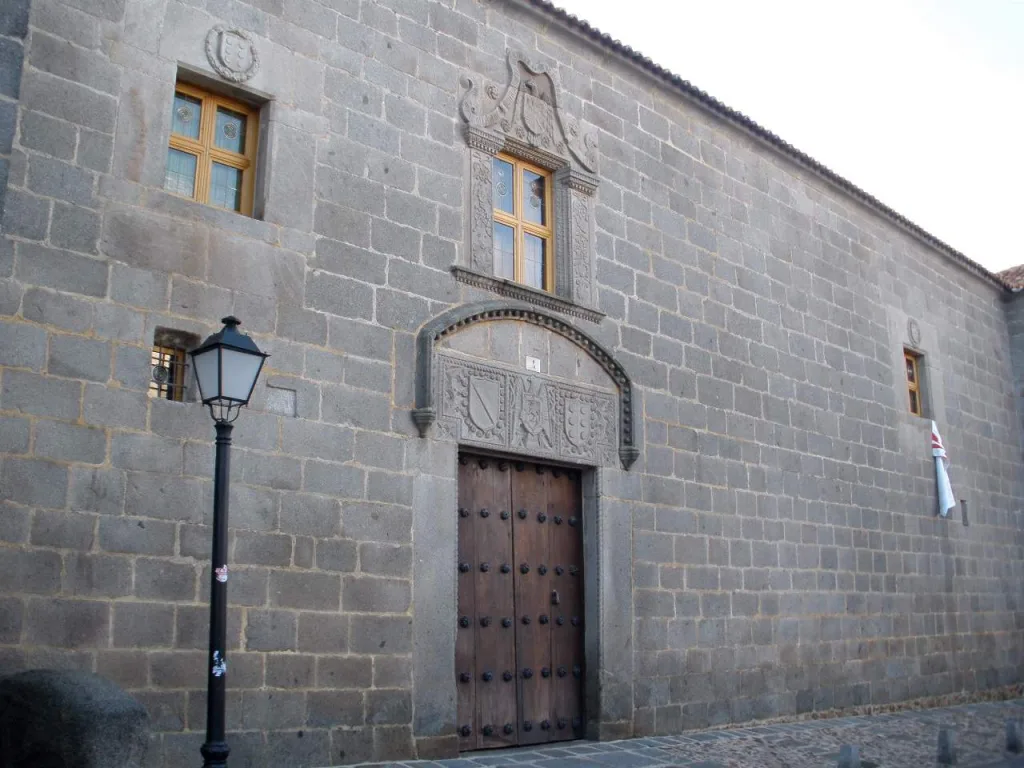
De Zarateman – Trabajo propio, CC BY-SA 3.0
Your time in Ávila keeps going with a stop by the Palacio de los Verdugo, a big palace that was once owned by the powerful Verdugo family. This fortress-looking building, with its sturdy walls and remarkable front side is a perfect example of a noble house in medieval Spain.
The palaces plain exterior gives way to a lovely courtyard, decorated with the Verdugo family’s coat of arms. The palace, even though it’s empty now, seems to echo with the footsteps of the nobles who once walked its halls.
A tour of the Palacio de los Verdugo gives you a look into the lives of the Spanish nobility during the Middle Ages adding another part to your Ávila visit.
Final destination: Royal Monastery of Santo Tomás
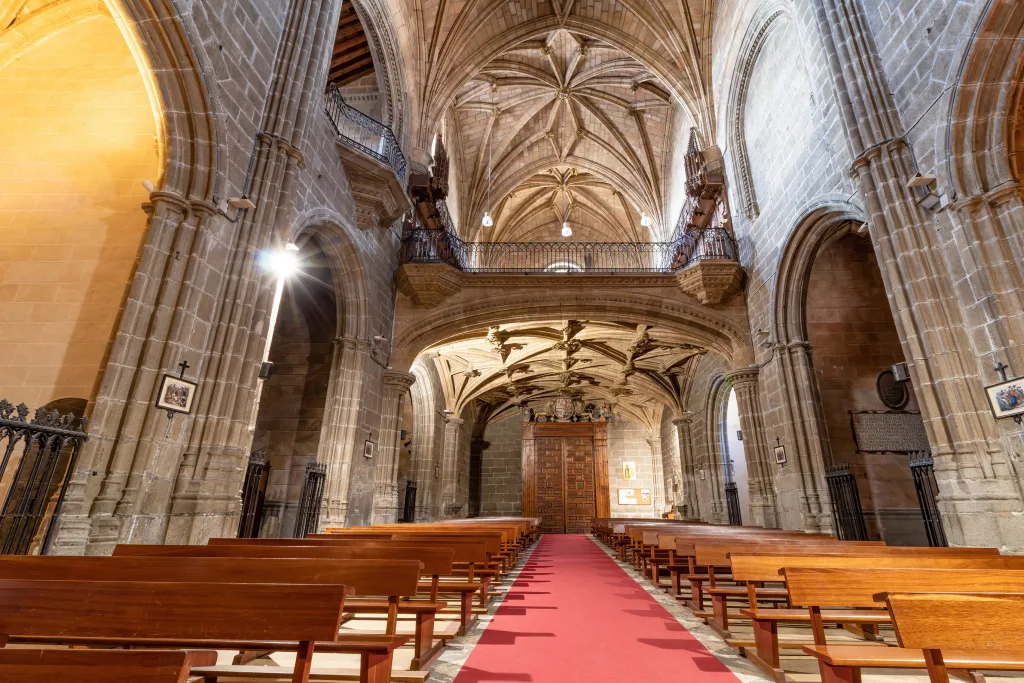
Photo Alfredo Garcia Saz | Dreamstime.com
The last stop on your one-day tour in Ávila is the Royal Monastery of Santo Tomás, a stunning Gothic monastery with three nice cloisters. Started by the Catholic Monarchs in the 15th century, this monastery is a haven of quietness and spiritual calm.
The monastery also has a museum showing off the art and history of the Dominican Order, offering yet another glimpse into the city’s past. The monasterys fancy carvings nice stained glass windows, and peaceful mood make it a good ending to your trip through Ávila.
As you head out from the monastery, pause for a sec to glance back at the city. Its walls stand tall against the setting sun – a quiet protector of history and tradition and
Diving Into Spanish Food: Eating in Ávila
You couldn’t really say you’ve toured Ávila without trying the tasty food here. Known for its cooking, Ávila offers an eating adventure that goes well with its rich history and culture. From its famous ‘chuleton (T-bone steak) to the old-fashioned ‘yemas de Santa Teresa’ (egg yolk candies) Ávila’s food is a foodys heaven.
Whether you’re dining at a little tapas bar or a Michelin-starred joint, the city’s eats are sure to thrill your taste buds. With each bite, you’re not just eating food, but living the love passion, and tradition that goes into every dish.
As the day ends and you sit down to eat, youll see that your time in Ávila wasn’t just about the places you saw, but also the flavors you found the tales you heard, and the memories you made.
Tips for the best tourist trip in Ávila
Before we conclude, here are a few tips to make your Ávila tour even more enjoyable:
- Start early to make the most of your day.
- Wear comfortable shoes, as you’ll be doing quite a bit of walking.
- Don’t forget to take a break and try the local cuisine.
- Remember to respect the city’s history and traditions.
- Lastly, take plenty of pictures! Ávila is a city you’ll want to remember forever.
When your time in Ávila wraps up take a minute to reflect on the awesome trip youve had. You walked through centuries of history, saw amazing old buildings, ate tasty Spanish food, and met warm welcoming people.
Ávila touches your heart in a familiar yet surprising way. It’s an old place but also feels lively. The city invites you to explore, find new things, and fall in love with it.
So cheers to Ávila, with its cool walls and wonders its stories and charm and cheers to the memories you’ve made, the tales you uncovered, the journey you started. Cheers to Ávila’s appeal – the city that calls you back again and again.

